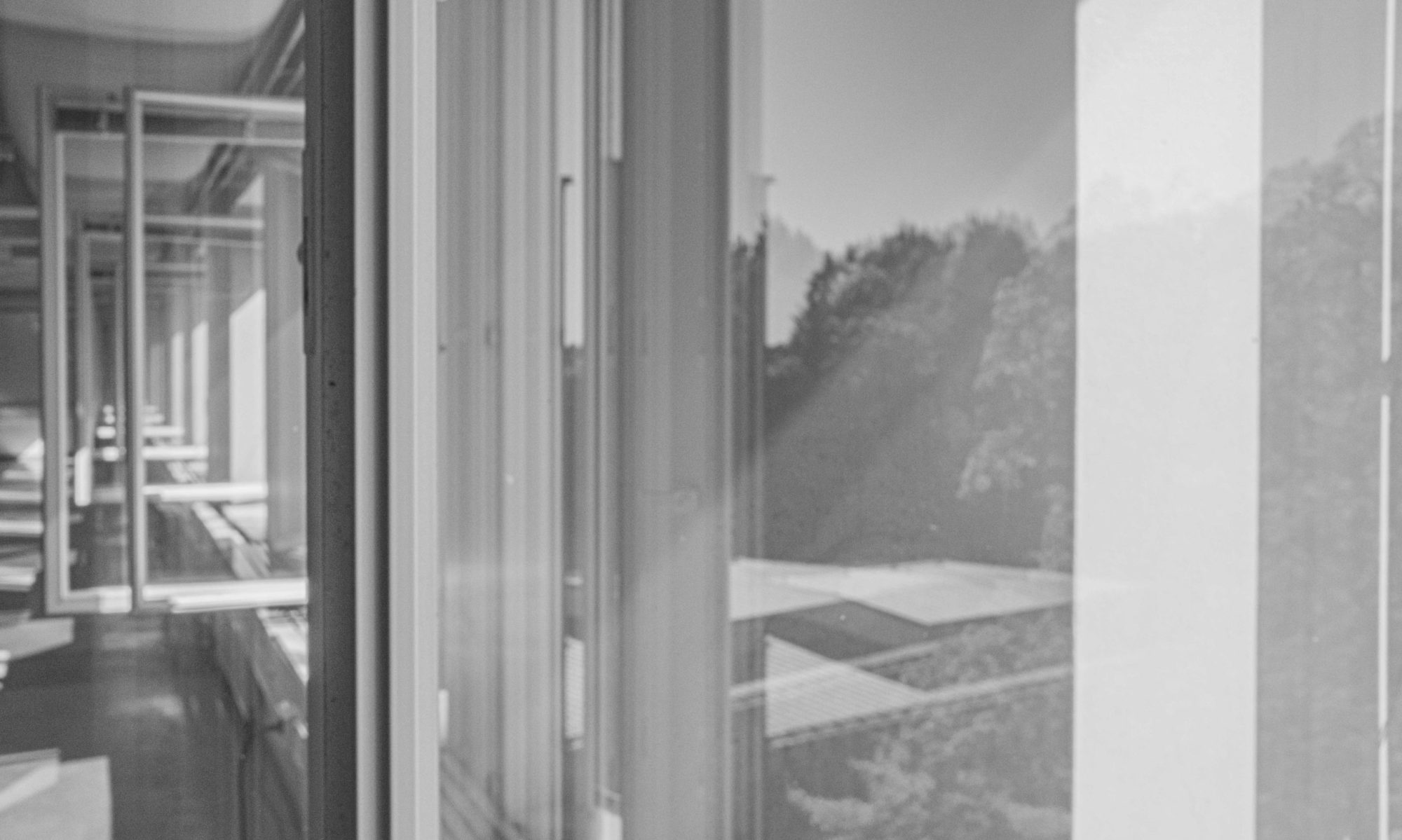Minerva Juolahti
Radical Freedom in the Margins — Art and Public Discussion from the Perspective of the Maker of Art
Master’s thesis
Media and communication studies / Faculty of Social Sciences / University of Helsinki
08/2019
ABSTRACT
In this thesis, the relationship between art and public discussion is studied in the context of the maker of art. The starting point of this work is the observation that in the discussion and research about the role of art in society, the viewpoint of the maker often plays the role of a walk-on. Art is frequently the object of different societal desires and expectations that concern for example art’s impact in the societal activation of citizens. These desires commonly disregard the context and condition that effect the process of the making of art. In this study, the ideals of the role of art in public discussion, the structures that effect the actualisation of these ideals, and the potential of art as a part of public discussion, are discussed from the perspective of the maker.
The relationship between art and public discussion is considered in the light of Jürgen Habermas’ ideal of communicative rationality, Chantal Mouffe’s idea of agonistic politics, and Jacques Rancière’s concept of the distribution of the sensible. Their ideas are put into dialogue with the point of view of the maker both through interviews of artists as well as through reflective autoethnographic artistic research. The interviews are conducted by using a semistructured theme interview method and the autoethnography leans on the tradition of artistic research. The interviewees are from the fields of visual arts and dance, as these fields share similarities for instance in their economic structures. Part of the material of the thesis consists of statistics and reports on the conditions of the making of art.
In the interviews, art’s role in society is seen through the modern idea of art as a field that is to a certain extent detached from the rest of society, thus forming a radical sphere of freedom in relation to public discussion. Art is located in the margins of society which both enables the freedom of art but also suppresses it. Economical and institutional structures as well as structures related to publicity effect the actualisation of the ideals of art’s role in society. Changes in the societal structures seem to influence art’s makers perception of the place of art in society and in public discussion. In the study, art comes out as an activity that has either a supportive or a resisting political position in relation to the hegemonic order. The possibility for art to influence public discussion through mainstream media doesn’t appear strong in the interviews. Journalism related to art is criticised for concentrating on stories of the artists or on the success of the art, instead of on the contents of the art.
The picture that is formed in the study of the relationship between art and public discussion shares similarities with the ideas of both Habermas and Mouffe as well as Rancière. Art is seen to have an important role in public discussion because it can for example challenge the existing power structures and bring forth things that have formerly been invisible in society. Through art it is possible to raise emotions and effect people especially through provoking shared affects. In the autoethnographic artistic research, art forms an affective and performative moment of discontinuity in relation to public space and discussion.
Read the whole text in THIS LINK.
The paper is written in Finnish.
